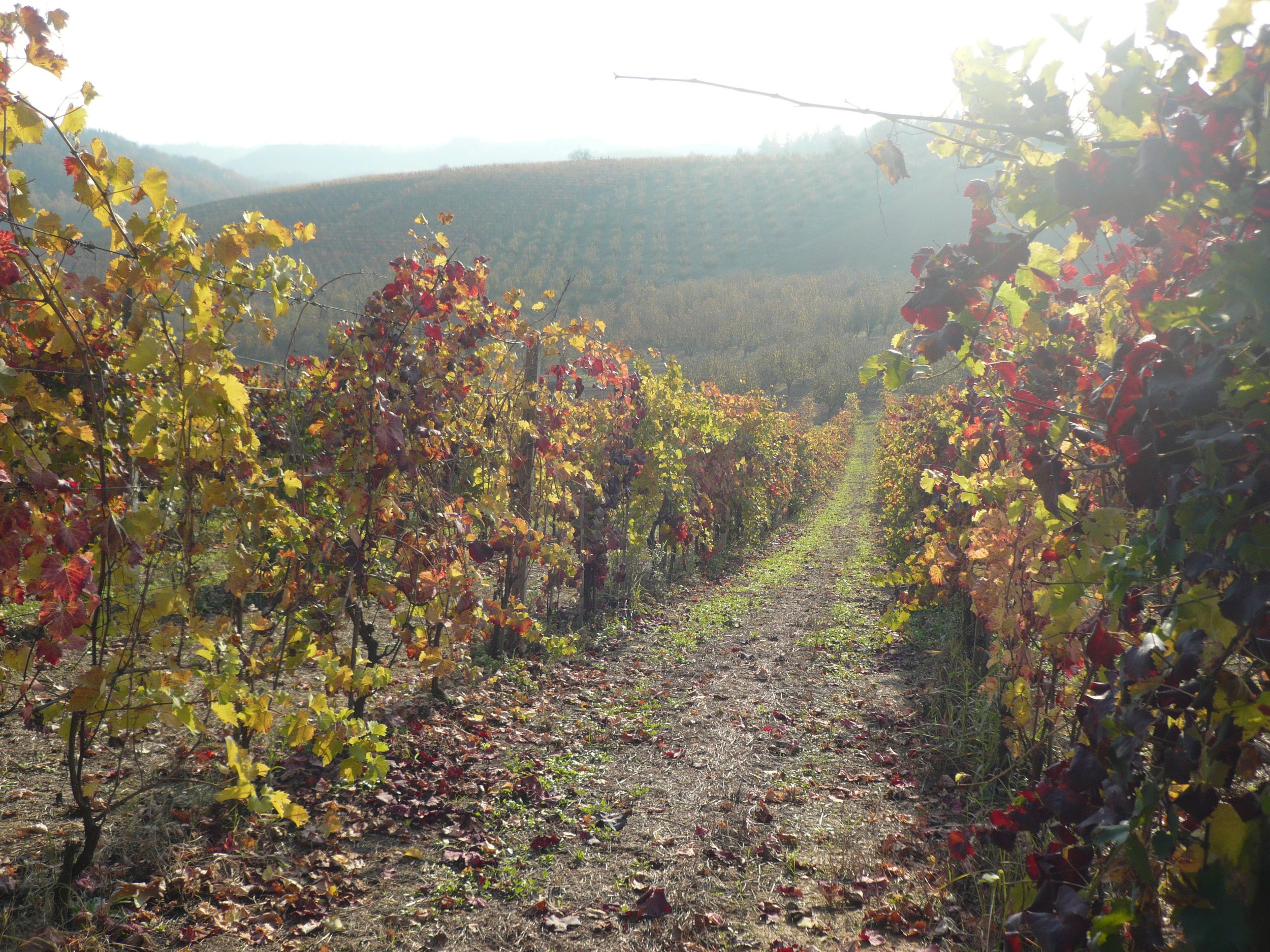
Domaine Nadège & Emmanuel Fellot
Rivolet, Beaujolais, France




Nestled in the rolling hills of southern Beaujolais, just north of Lyon, we find Nadège & Emmanuel Fellot and their small, organic domaine in Rivolet. A family with a deep viticultural history in the region, the Fellots have cultivated this land since 1829, crafting wines that express the unique character of its diverse terroirs—from ancient granite to clay-limestone soils. And the Chardonnays we’ve just landed are site-expressive, delicious, and a ridiculous value. We may have found the needle in the Burgundy haystack.
Emmanuel Fellot took over from his father in 1991 and today, along with his wife Nadège and their three daughters, cultivate 20 hectares of vineyards between Mont Brouilly and the Nizerand Valley. Since 2018, the estate has been fully committed to organic farming and agro-ecology. A big project has been incorporating cover crops in the vineyards. Planted between the rows, this new plant matter nurtures biodiversity, increases carbon capture, fixes nitrogen, and enriches the soil. Hedges, fruit trees, and wildflowers line the vineyards, attracting pollinators and birds while creating a balanced ecosystem. Even their own cows contribute to the cycle, providing natural manure to enrich the vines.
Today, 52% of their holdings are planted to Gamay, 33% to Chardonnay, and 15% to Pinot Noir. In the region, only three percent of the area under vine is planted to Chardonnay. This may be the natural limit since the Gamay-friendly granite soils are significantly more abundant than clay-limestone and alluvial soils more suited to Chardonnay.
The Fellot Bourgogne Blanc comes from a parcel of Chardonnay known as the Croix du Bois in the commune of Denicé, which neighbors Rivolet. The area is referred to as the Pierres Dorées, or golden stones, because of the prevalence of golden-hued limestone characteristic of many old buildings in and around Lyon. This plot was planted between 2002 and 2006 on clay-limestone soil with plenty of ammonite fossils.
Their Beaujolais Blanc comes from younger plots of Chardonnay grown in Denicé and in Saint Julien just to the north. These were planted between 2015 and 2017 on clay-limestone and clay-silt soils.
Our Selections
Fellot Beaujolais Blanc 2023
Made of Chardonnay from younger plots grown in Denicé and Saint Julien on clay-limestone and clay-silt soils. The grapes are pressed upon arrival at the cellar. The juice settles overnight before the long fermentation at low temperatures. After fermentation is complete the wine ages in stainless steel for six months before a light filtration and bottling. This vintage combines the purity of Chardonnay with the minerality of the clay-limestone soils and flavors of white flowers and citrus.
The 2023 Beaujolais Blanc is light gold in appearance with excellent clarity and lovely aromas of lemon and white pear. On the palate the wine has a surprisingly rich texture, good acidity and good minerality. 210 cases produced.
Fellot Bourgogne Blanc 2023
From selected plots in the Pierres Dorées, the grapes are pressed upon arrival at the cellar and they let the must settle for 18 hours followed by long fermentation at low temperatures. The wine then rests in used barrique for six months. The Bourgogne Blanc features a lovely green gold color with notes of green apple and flowers on the nose and a round, almost creamy texture with lemon curd, vanilla, and toasted almond. The wine is focused on the palate, medium-textured, with an excellent finish. 105 cases produced.


